With the exhibition From Fontana to Crippa to Tancredi. The Extraordinary Adventure of the Spatialist Movement, which can be visited from Oct. 17, 2025 to Feb. 15, 2026 and is curated by Nicoletta Colombo, Serena Redaelli and Giuliana Godio, with the scientific advice of Luca Massimo Barbero, the Accorsi-Ometto Museum of Decorative Arts in Turin continues its in-depth exploration oftwentieth-century Italian art, focusing on the role of Spatialism in the process of artistic renewal after World War II.
The revolution in Italian art that began in the second half of the 1940s cannot be understood without the new conceptual approach to space, expressed in painting through essential signs, lines, holes and cuts on the surface of the canvas. The protagonists of Spatialism were at the forefront of this change, fascinated by a new vision of the cosmos, summarized in manifestos published between 1947 and 1958. Central in this context was the association between Lucio Fontana (1899-1968), creator of a conception of space projected toward an immaterial dimension, and Carlo Cardazzo (1908-1963), collector, publisher and art dealer, founder of the Galleria del Cavallino in Venice and the Galleria del Naviglio in Milan.
The Turin exhibition brings together about 50 works by 24 artists, from museums, public and private collections, and opens with Lucio Fontana and then dwells on Roberto Crippa (1921-1972), an interpreter of international trends related to gesture and sign, translated into spiral and dynamic swirls, an expression of his vitalism and passion for acrobatic flight, with references to Surrealism and primitivism of a totemic matrix.
The exhibition continues with the poetics of the main protagonists of Milanese Spatialism: Gianni Dova (1925-1991), Cesare Peverelli (1922-2000), Emilio Scanavino (1922-1986), Ettore Sottsass (1917-2007), Beniamino Joppolo (1906-1963), Aldo Bergolli (1916-1972) and Gian Carozzi (1920-2008). These artists, often oriented toward Surrealist and existentialist implications, were supported by the activity of Cardazzo, a gallery owner open to international dialogue and in contact with Peggy Guggenheim, elements that gave Spatialism a cosmopolitan breath.
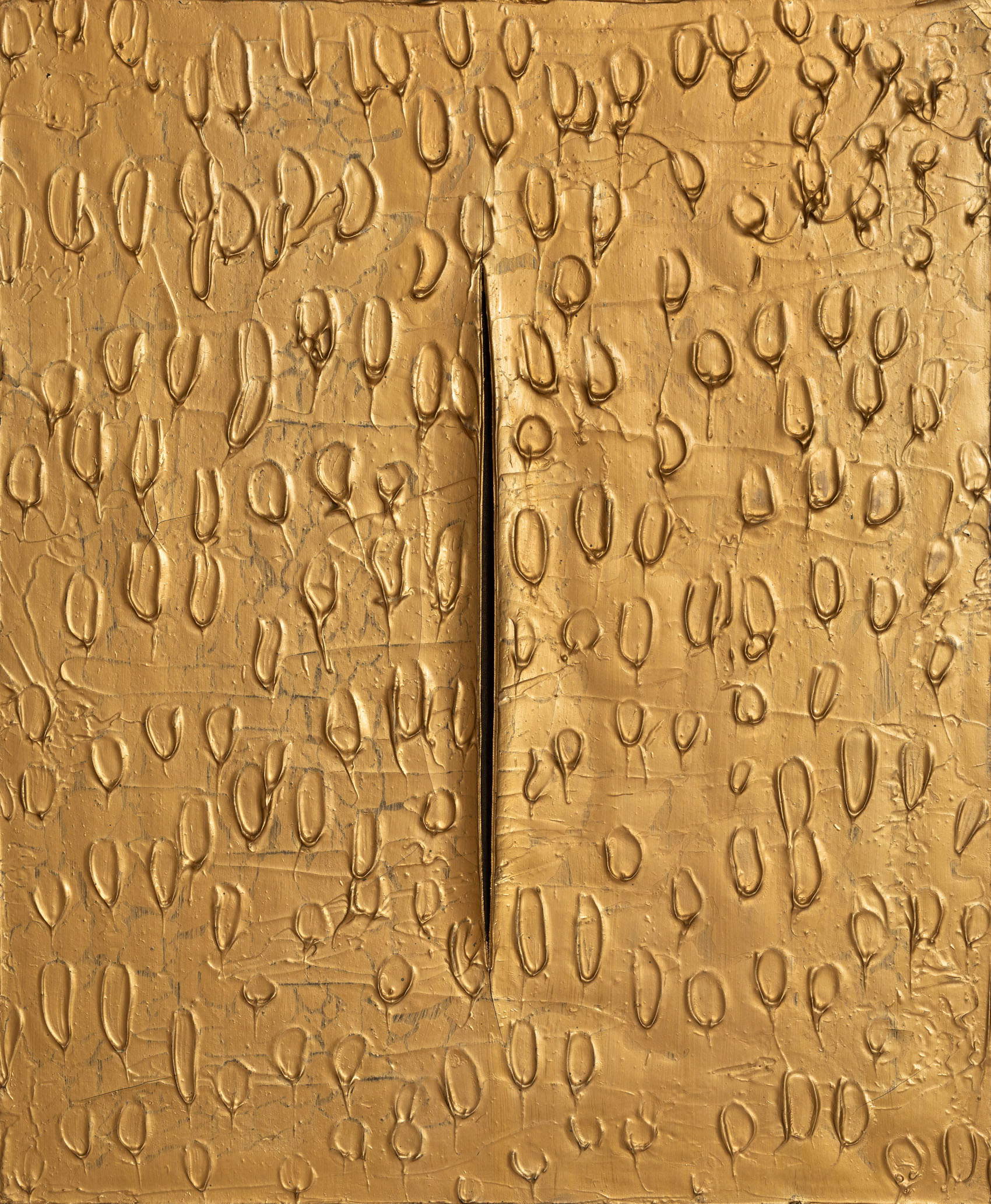
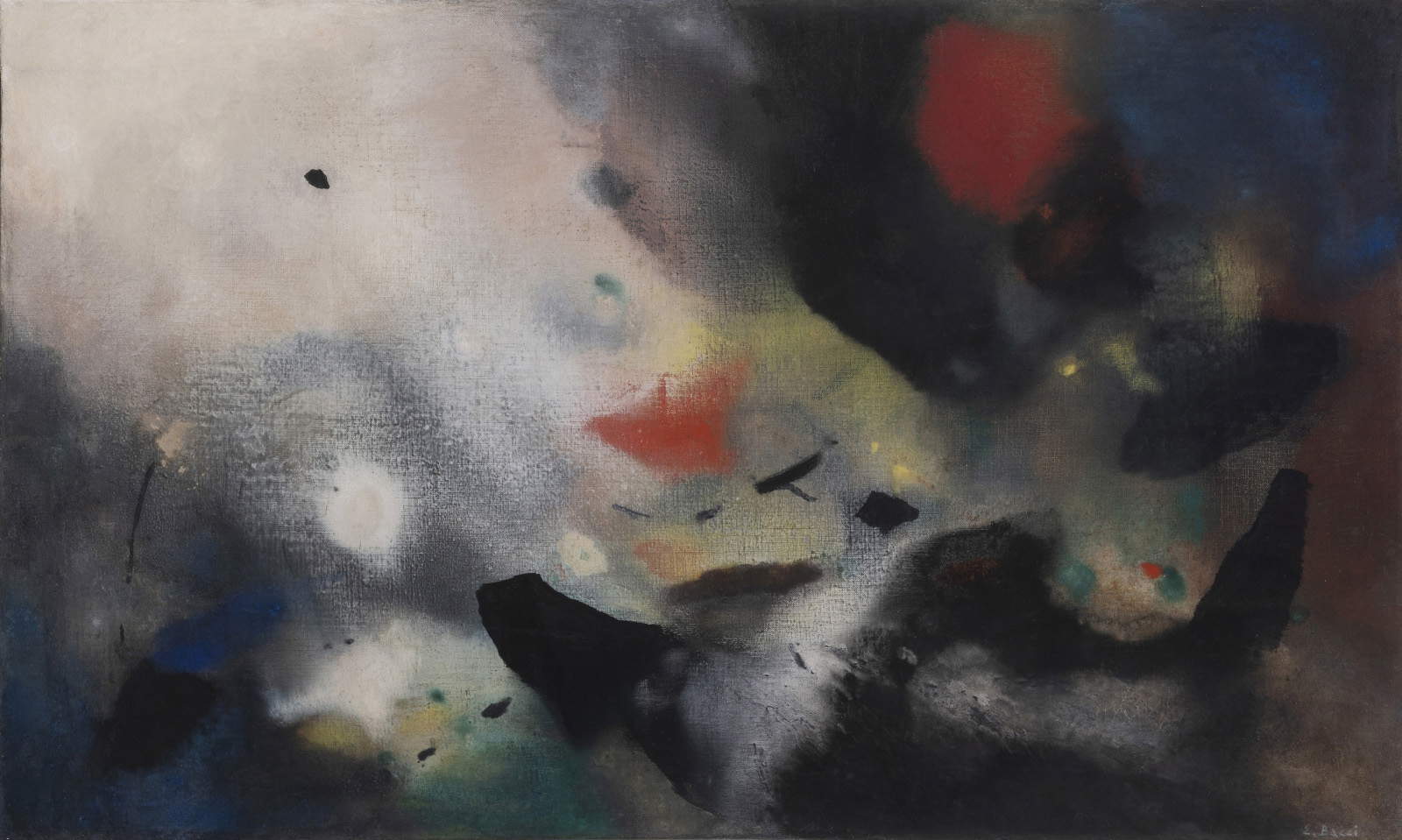
The exhibition also devotes space to the Venetian Spatialists, who came to experiment with spatial phenomenology between 1951 and 1952: Virgilio Guidi (1891-1984), Tancredi Parmeggiani (1927-1964), Mario Deluigi (1901-1978), Edmondo Bacci (1913-1978), Vinicio Vianello (1923-1999), Gino Morandis (1915-1994), Bruna Gasparini (1913-1998), Ennio Finzi (1931-2024), Saverio Rampin (1930-1992) and Bruno De Toffoli (1913-1978). Their works reflect the novelties of abstract painting in the 1950s, with a typically Venetian sensibility for light and color translated into abstract textures and a language traversed by spatial vibrations, pulsating signs and chromatic deflagrations.
From the inclusive nature of the movement and Cardazzo’s strategic vision also derived temporary presences of artists such as Roberto Sebastián Matta Echaurren (1911-2002), Giuseppe Capogrossi (1900-1972), Enrico Donati (1909-2008), Iaroslav Serpan (1922-1976) and Remo Bianco (1922-1988), bearers of surrealist, sign-gestural and nuclear suggestions that animated the interdisciplinary climate of the 1950s.
The exhibition is enriched by period documents-catalogues, magazines and volumes-from public and private archives, as well as multimedia content on Roberto Crippa and a video dedicated to Fontana’s Ambienti spaziali/Environments: extraordinary environmental experiments on the perception of space made by the artist from 1949 until his death. Completing the exhibition is an original sound composition conceived by sound designer and electronic music producer Rico Casazza.
Hours: Tuesday, Wednesday and Friday from 10 a.m. to 6 p.m.; Thursday from 10 a.m. to 8 p.m.; Saturday, Sunday and holidays from 10 a.m. to 7 p.m. Closed Mondays
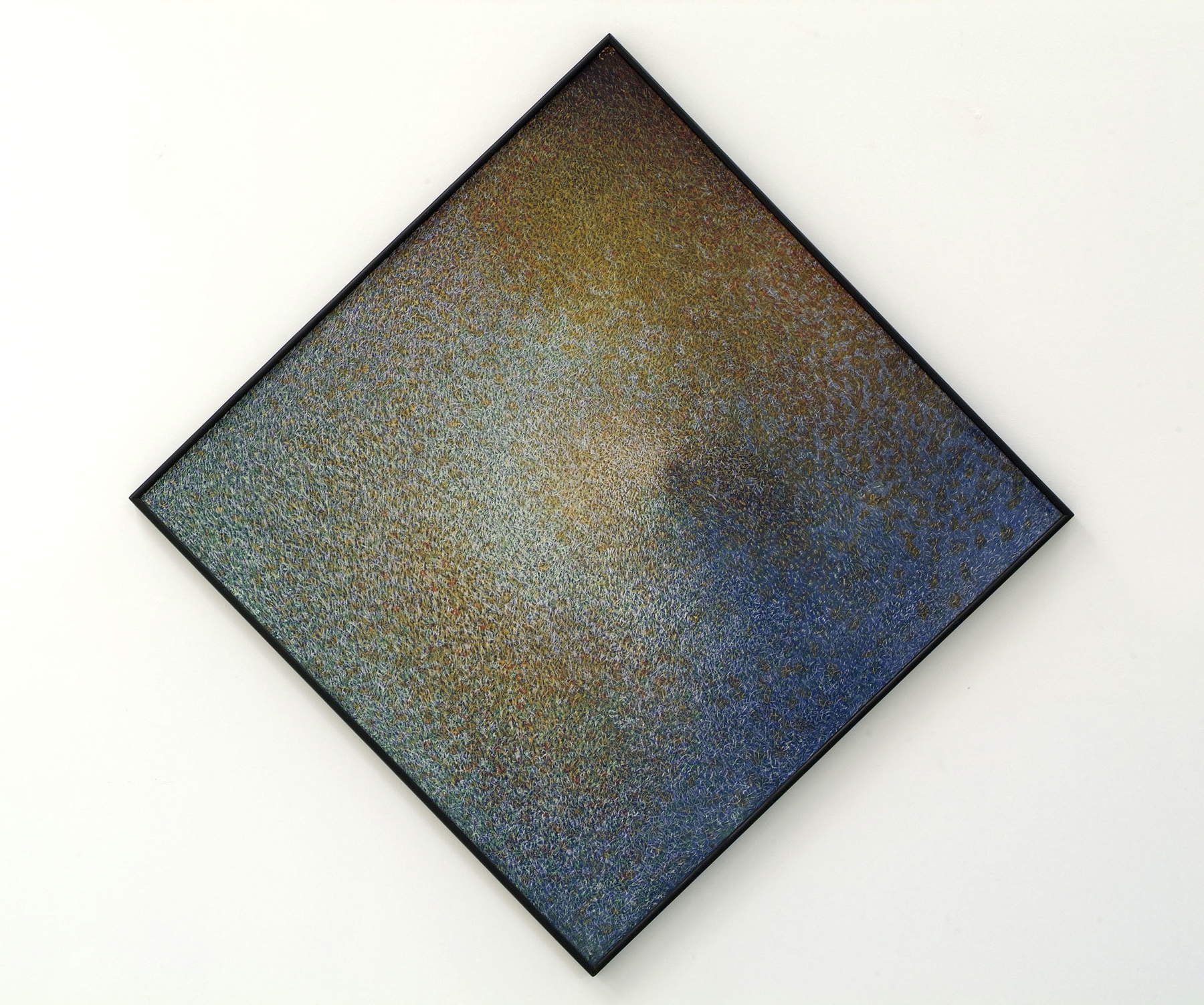
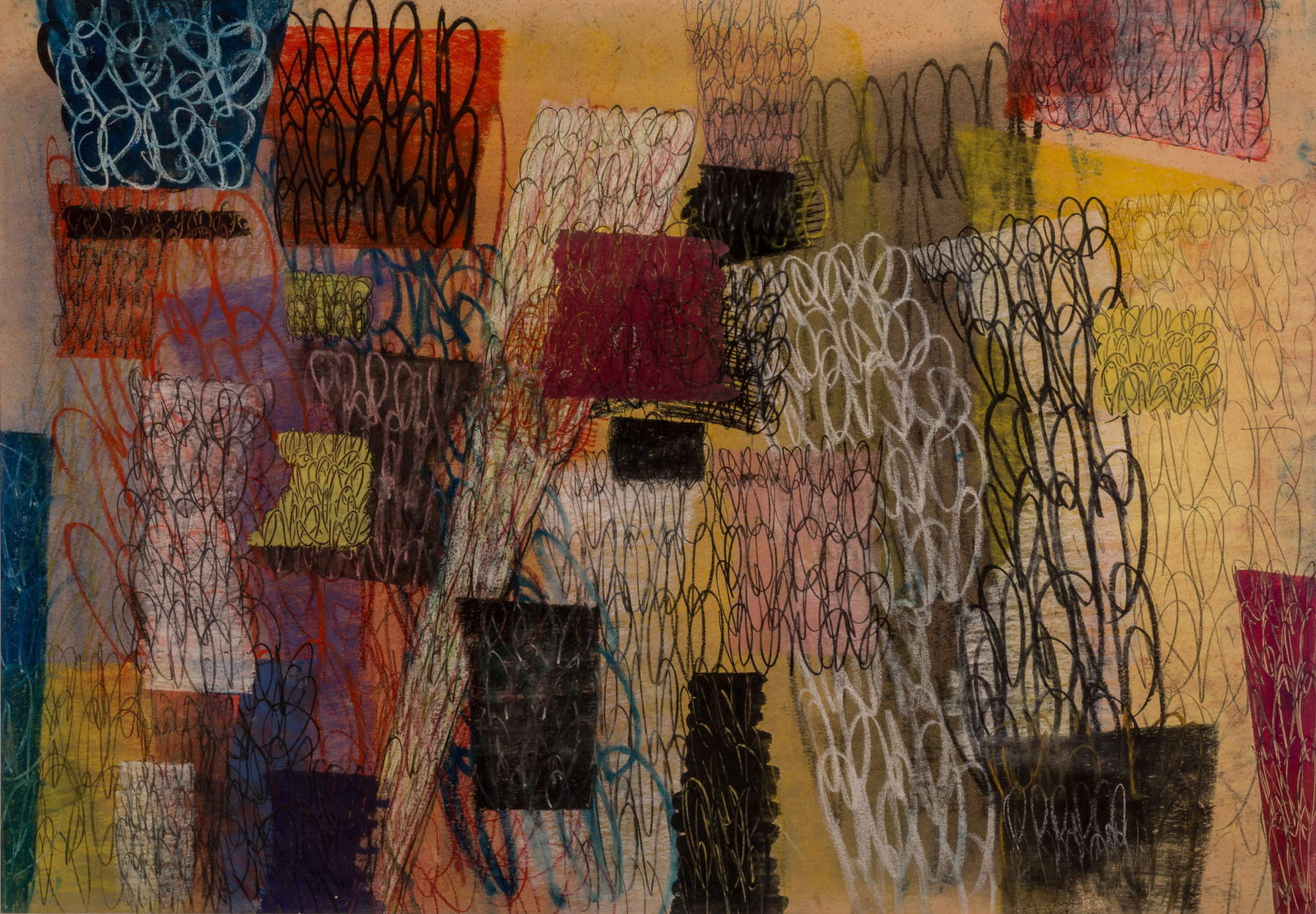
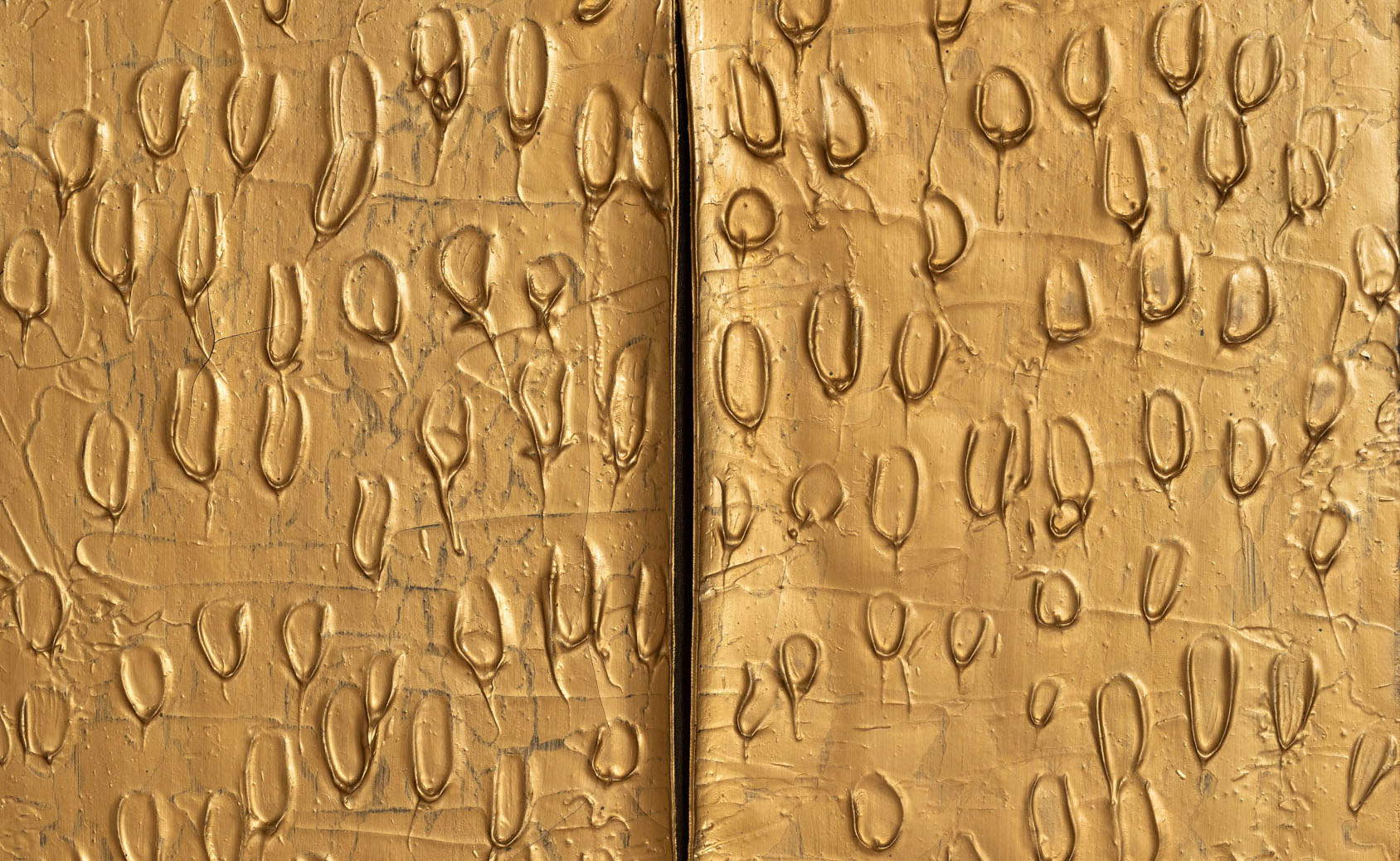 |
| An exhibition in Turin on the role of Spatialism in the post-World War II artistic renewal |
Warning: the translation into English of the original Italian article was created using automatic tools. We undertake to review all articles, but we do not guarantee the total absence of inaccuracies in the translation due to the program. You can find the original by clicking on the ITA button. If you find any mistake,please contact us.